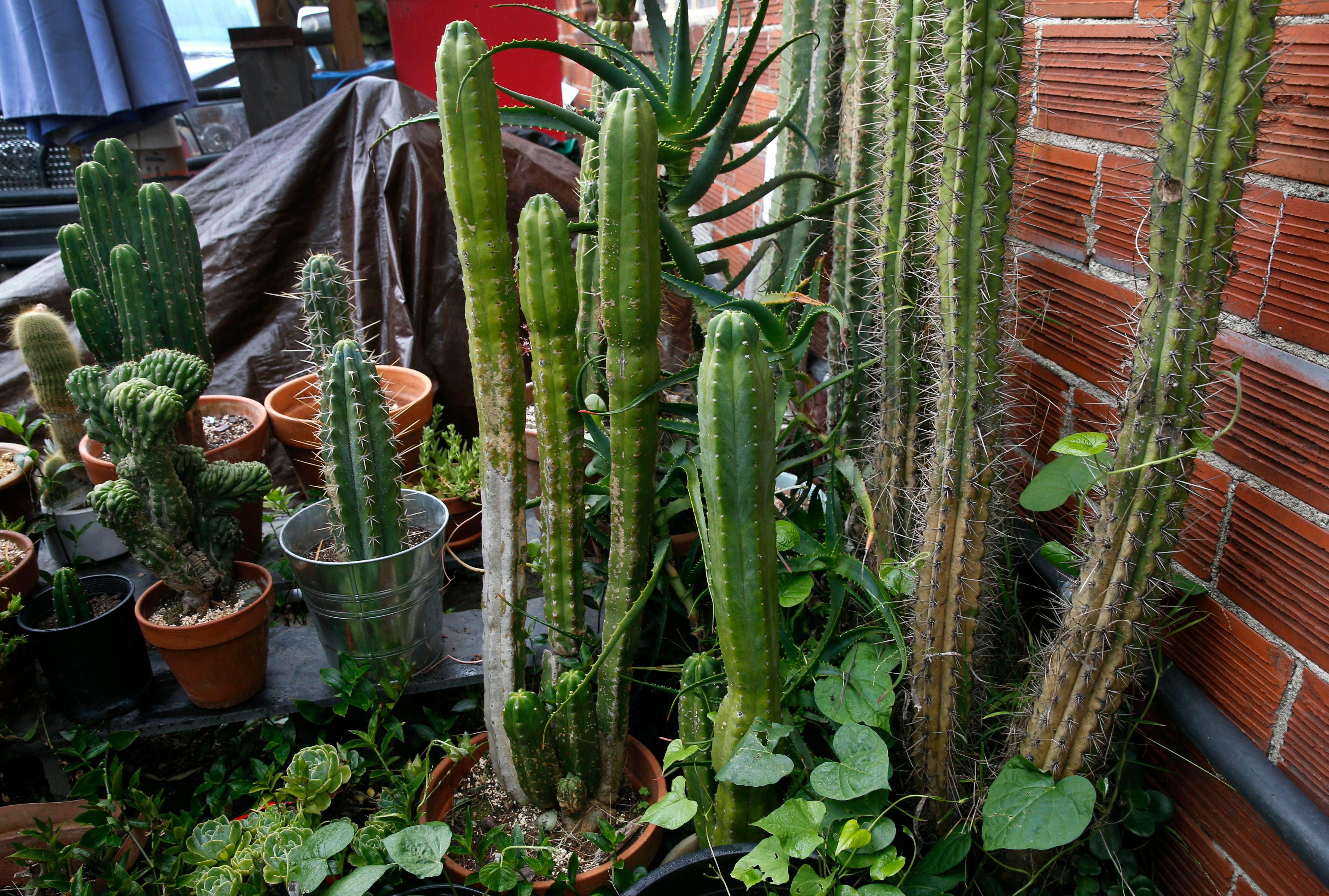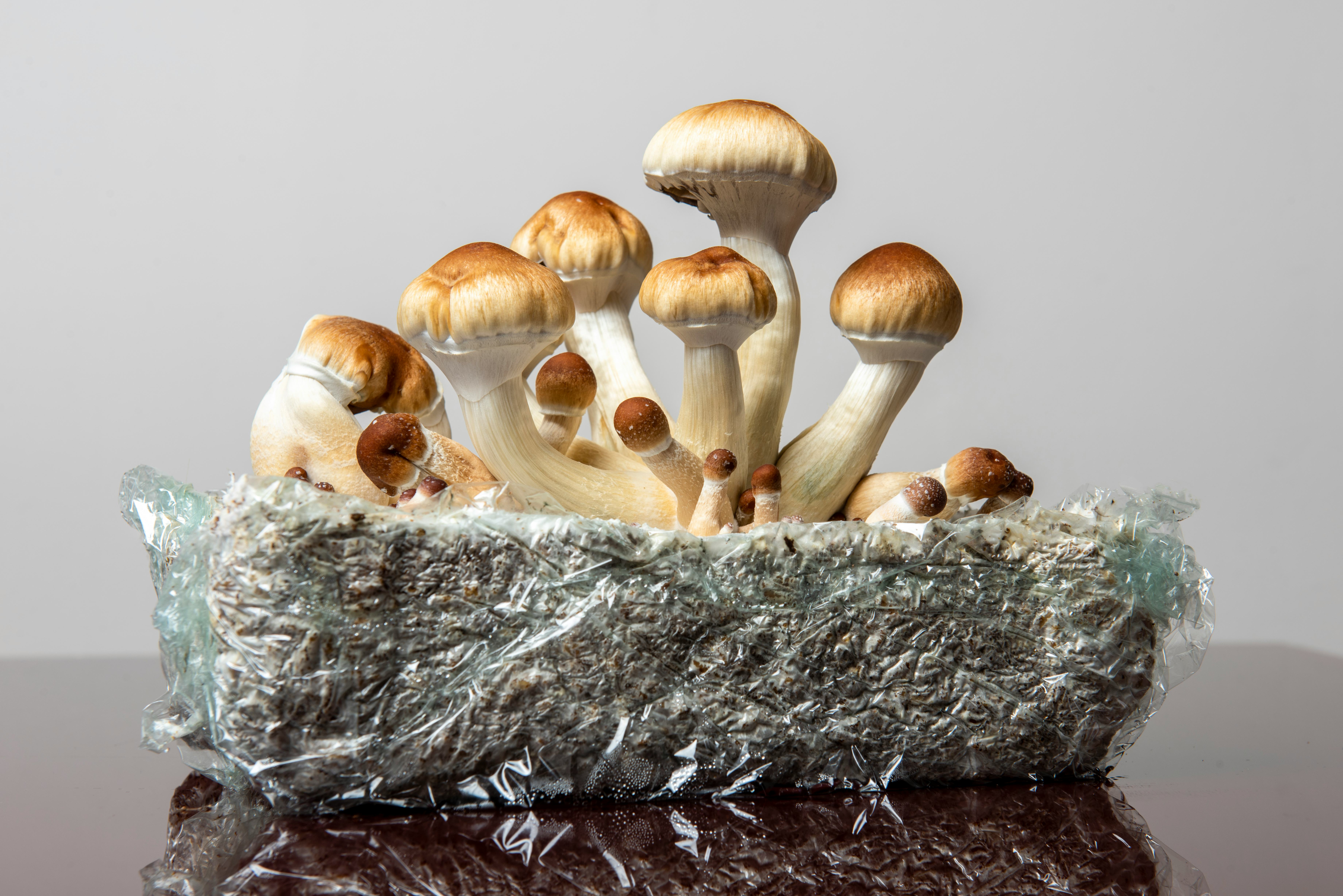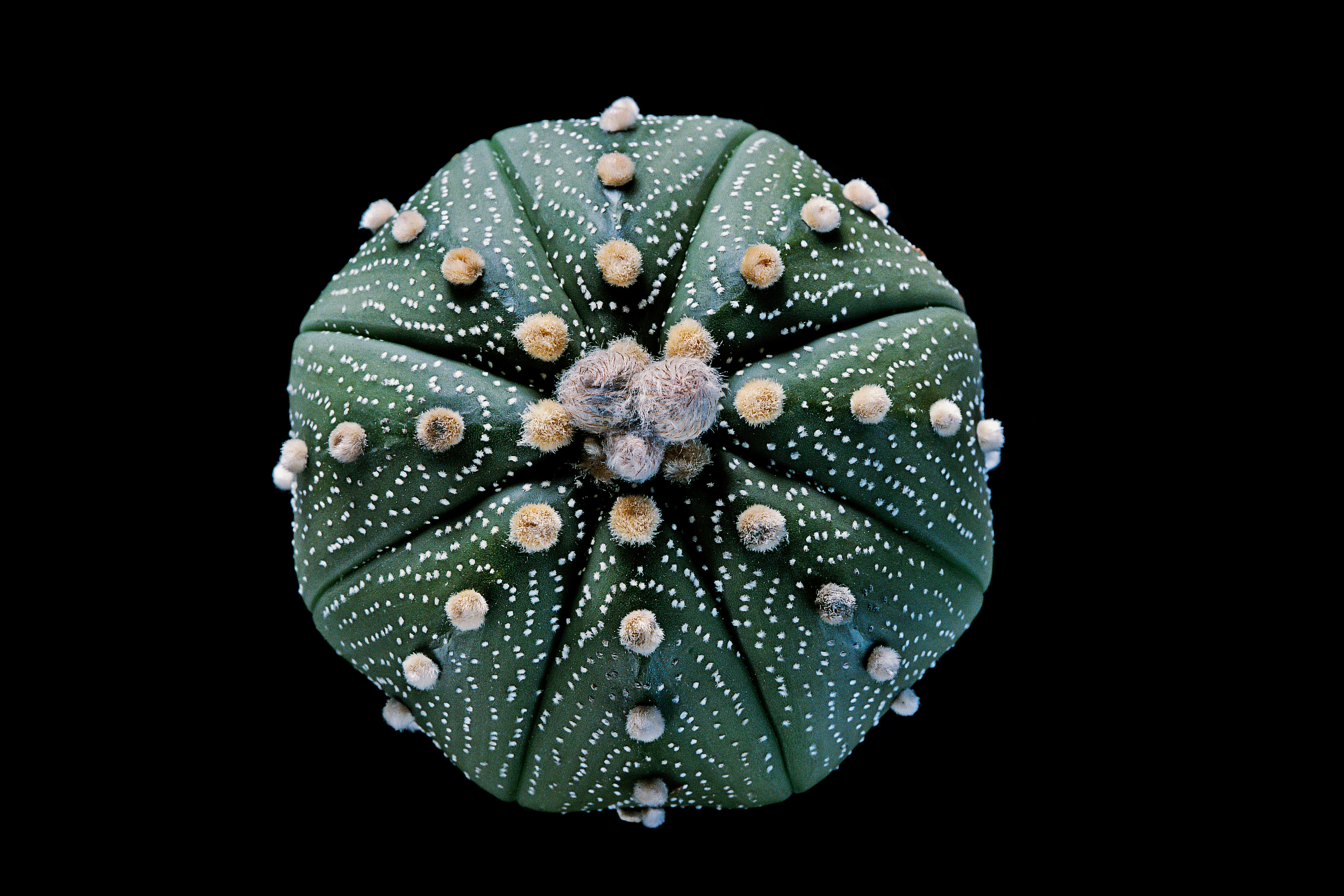
Over the past two decades, researchers have published study after study evaluating the therapeutic potential of psychedelics like psilocybin and LSD. The research is so promising that despite being illegal at the federal level, efforts to legalize the therapeutic use of psilocybin — a psychoactive compound in magic mushrooms — have passed in two states and a handful of cities.
Psilocybin, DMT, LSD, and mescaline — another, less spoken about psychoactive compound found in some cacti — are all considered “classical” psychedelics. These substances all act on a serotonin receptor called the 5HT2A receptor. Given the similar mechanisms by which these compounds produce their effects, and the plethora of promising research into the other classical psychedelics, it’s notable that researchers have comparatively overlooked mescaline.
Some scientists and pharmacological companies are hoping to bridge the gap in research between mescaline and other classical psychedelics, with an eye toward the broader therapeutic use of the compound. Yet city or statewide legalization — even if exclusively used for medicinal purposes — is significantly more fraught than it is with psilocybin or LSD. The Native American Church and other indigenous peoples have used mescaline-containing plants like peyote in cultural and spiritual practices for centuries, and they are considered sacred in their culture. Widespread legalization would create increased demand for a cactus that’s already somewhat threatened, potentially leaving members of the Native American Church, who have a religious exemption that allows them to legally use peyote, without access.
Further, urban development has dramatically diminished the areas where peyote can be harvested in the United States. Currently, only four counties have the appropriate climate and conditions to harvest Lophophora williamsii (Peyote). All of them are in Southern Texas. The cactus is on the International Union for Conservation of Nature (IUCN) red list of threatened species, a reality with significant implications for those indigenous communities to whom peyote is sacred.
So should we be using mescaline to treat mental health disorders like we’re on track to do with psilocybin? Inverse spoke to researchers and activists about the potential promise and pitfalls of the idea.
Why has research into mescaline lagged behind other psychedelics like psilocybin?
David Nutt, a psychedelics researcher with the Centre for Psychiatry at the Imperial College in London, tells Inverse one reason mescaline research has lagged behind other psychedelics like psilocybin and LSD is because “it’s harder to get a hold of than the other two.” Nutt is also an advisor to Neural Therapeutics, a “drug discovery and development company focused on developing products and conducting research with psychoactive plants,” the first of which is a mescaline-containing cactus.
Peter Hendricks, a clinical psychologist and addiction researcher at the University of Alabama at Birmingham, tells Inverse that mescaline potency and side effects may also explain the relative paucity of research.
“A rather large dose of LSD might be 300 micrograms, and a rather large dose of psilocybin might be 30 milligrams. A rather large dose of mescaline would be 300 milligrams,” he says. That means you need much more mescaline to achieve an experience comparable to the intensity of LSD or psilocybin, which can make it less appealing as a research subject. Further, Hendricks says, “Mescaline may also be more associated with nausea. If you have a choice between one compound that causes nausea and another that doesn't, which one do you choose?”
Psilocybin can be associated with nausea, but not as strongly as mescaline is, perhaps because mescaline is rapidly absorbed into the gastrointestinal tract.

The psychoactive effects of mescaline are also quite prolonged; they can last up to 12 hours. That may make it less appealing as a potential therapy and could make it less likely to be covered by insurance, should it ever be approved as a therapy.
“There's going to be a push in the next few years to develop shorter-acting psychedelics,” Hendricks says. “And the reason for that is pretty obvious; it's more likely to be reimbursed by managed care if you have an hour-long session with DMT versus a 14-hour-long session with mescaline that might require an overnight stay.”
While Hendricks can’t say definitively if the above reasons explain the relative lack of clinical research into therapeutic uses of mescaline, dose, side effects, and duration of psychoactive effects are considerations that researchers investigating potential medications consider.
What mental health conditions could mescaline potentially treat?
The lack of randomized controlled trials investigating the therapeutic effects of mescaline for certain conditions makes it difficult to say if mescaline could be an effective therapy for specific mental health disorders. Still, anecdotal evidence suggests it’s worthy of further study.
In 2021, an online survey of 452 self-reported mescaline users was published in the journal ACS Pharmacology and Translational Science. The survey asked them about their mescaline experience and previous mental illness diagnoses. Of the respondents, 86 percent of people with depression reported an improvement in their symptoms; 80 percent in those with anxiety; 76 percent in PTSD, 76 percent in alcohol misuse or alcohol use disorder, and 68 percent in drug misuse or substance use disorder.
While self-reported, the results certainly suggest the subject is worth further exploration.
“I work in alcohol use disorder and substance use disorders in a School of Public Health,” Hendricks says. “Alcohol has been so domesticated that people often overlook how destructive it is and how many lives are ruined because of it. And it's always possible that there might be something unique about the pharmacological properties of mescaline that make it especially appropriate for treating alcohol use disorder relative to perhaps other substance use disorders.”
Even some of the particulars of mescaline that could be offputting to some, like duration of effect, could be beneficial for some people or in some contexts.
For example, Nutt says, “it’s quite long-lasting, so microdosing and midi-dosing effects might be more enduring [or] the different pharmacology might mean it could have a broader therapeutic reach.”
In part because of how it’s absorbed into the gastrointestinal tract, the psychoactive effects of mescaline come on more slowly than LSD or psilocybin, Hendricks says. That might be appealing to some people.

“If LSD is like getting in a rocket ship, mescaline may be more like taking a gentle balloon ride. That could be less anxiety-provoking for some people.”
Issues with mescaline cultivation, peyote, and unsustainable harvesting
The potential widespread medicalization of mescaline is more fraught than with other psychedelics because of how some indigenous communities use peyote and how urban development has limited where peyote can be harvested. Organizations like the Indigenous Peyote Conservation Initiative arose because of sustainability and conservation issues.
Other cacti contain mescaline and are not threatened the way peyote is, like the San Pedro cacti. The organization Nutt advises, Neural Therapeutics, plans to source their mescaline from the San Pedro cacti.
Hendricks, on the other hand, argues that synthesizing mescaline in the lab would be a better approach, eliminating any potential overharvesting.
Researchers have known how to synthesize mescaline for more than a century: In 1918, Viennese chemist Ernst Späth pioneered the synthesis of mescaline from common chemical building blocks, an effort researchers in the 1950s claim to have further improved upon.
Some researchers believe mescaline synthesized in a lab lacks the “entourage” compounds: other compounds found in plants that may enhance or otherwise affect the potential benefits of mescaline. Nutt says that studying such compounds is one reason Neural Therapeutics plans to source from the San Pedro cacti.
Overall, the therapeutic potential of mescaline is still understudied compared to other psychedelics, and it still has a long way to go before it is up to speed with other potential therapeutic psychedelics. It remains to be seen whether it can overcome both its therapeutic setbacks — namely, more side effects and requiring a larger dose than its competitors — and its sourcing conflicts. But if it does make it through, it could be a needed addition to ongoing treatments for mental health conditions.







